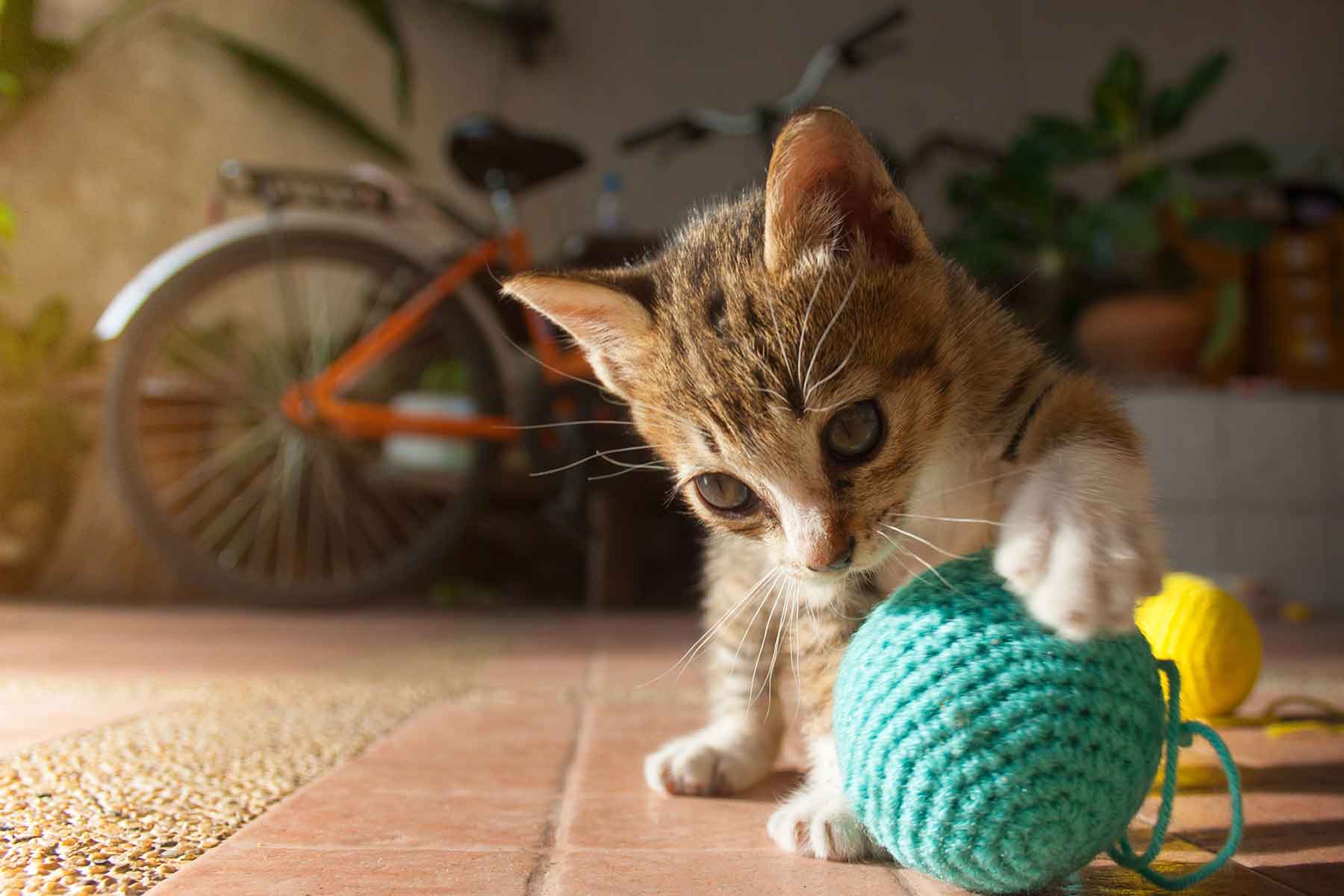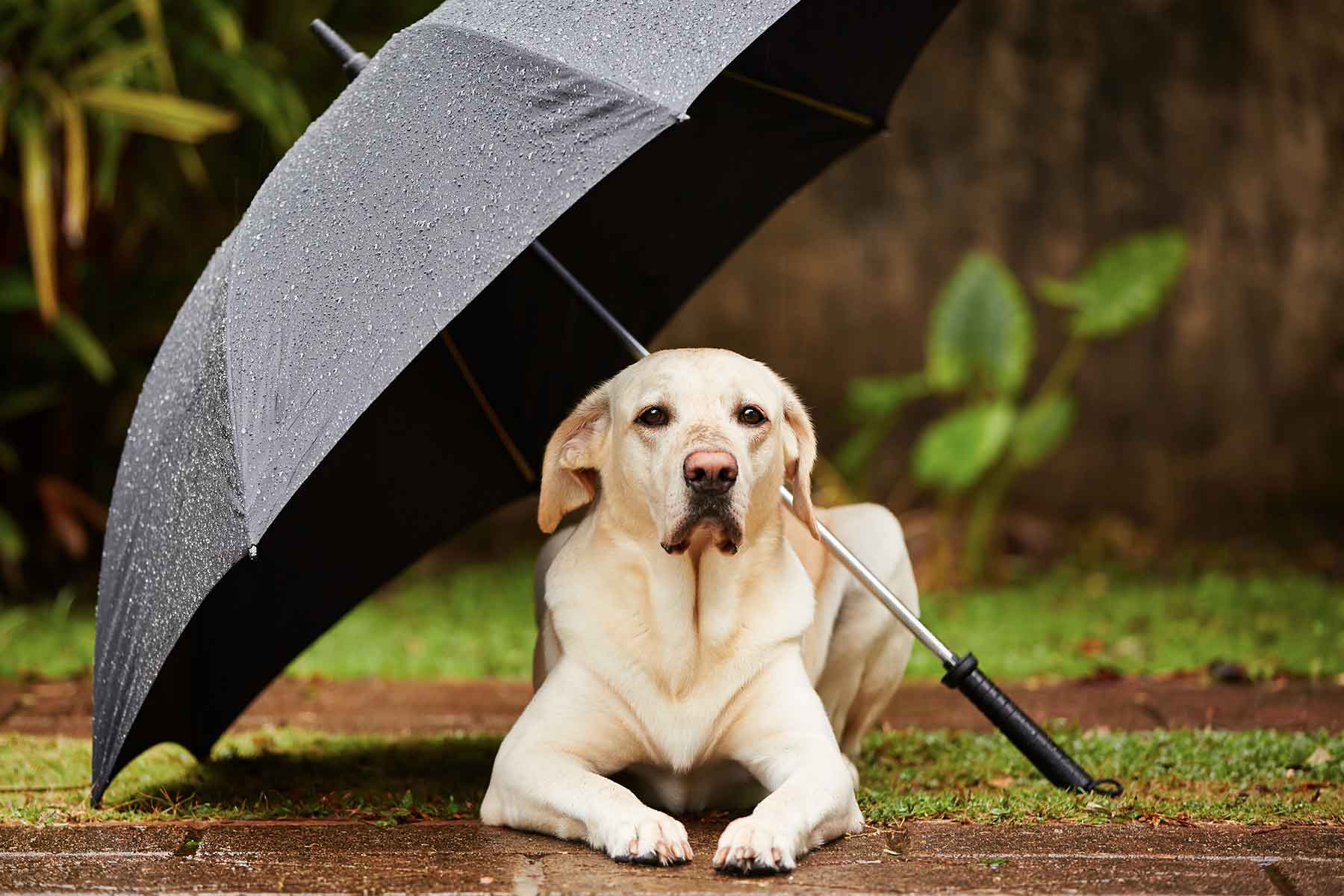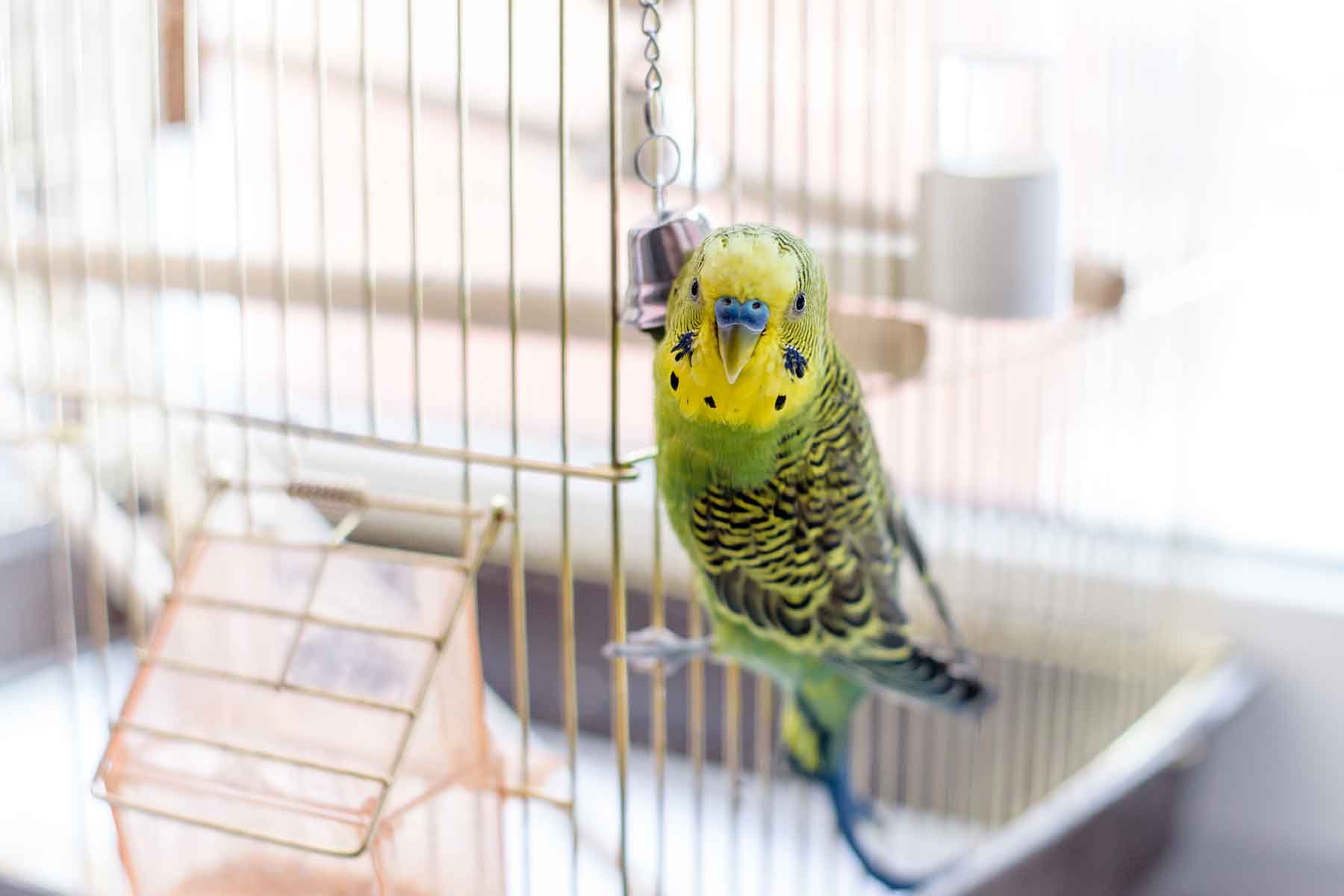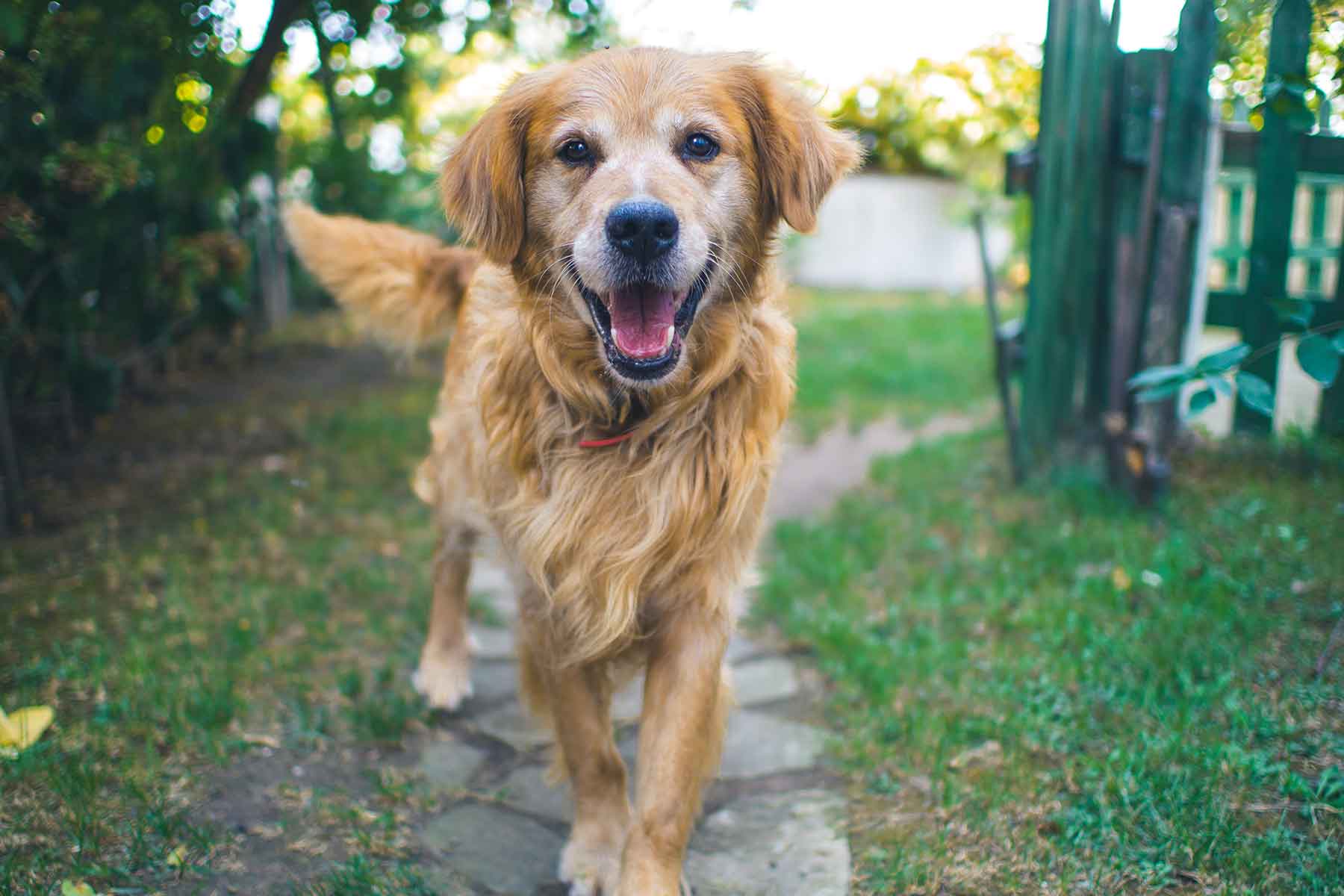The Ocicat was created accidentally by American breeder Virginia Daly in the 1960s. Ms Virginia crossed an Abyssinian with a Siamese in an attempt to produce an Abyssinian pointed Siamese. The litter resulted in a variety of colours but one kitten had a cream coat with golden spots. The odd kitten’s resemblance to the wild Ocelot cat resulted in the name Ocicat. Since then more of the breed were produced in the United States, achieving championship status in 1987.
Appearance
The Ocicat has a wild look with a large muscular body, a long wedged shape head and long powerful legs. The coat is short and shiny with large, contrasting spots that are well scattered all over the body. The breed comes in a range of colours including brown, blue, silver, tawny, fawn and lavendar.
Average Lifespan
Up to 18 years
Temperament
Luckily the Ocicat’s personality does not reflect a wild cat despite their likeness in looks. The Ocicat is intelligent, confident, outgoing, and seems to have many dog traits. They can be trained to fetch toys, walk on a lead, taught to ‘speak’, come when called, and follow other commands.
Loyal and devoted to their owners, the Ocicat does not like to be left alone for long periods so a feline companion (perferably another Ocicat) should be considered. They will get along with other cats and dogs, as well as children.
Grooming and care
A low maintenance breed with a coat that is short and close lying, the Ocicat requires very minimal grooming.
Health concerns
For the latest research in breed-related problems in Ocicats, visit the University of Sydney’s LIDA (Listing of Inherited Disorders in Animals) website.











